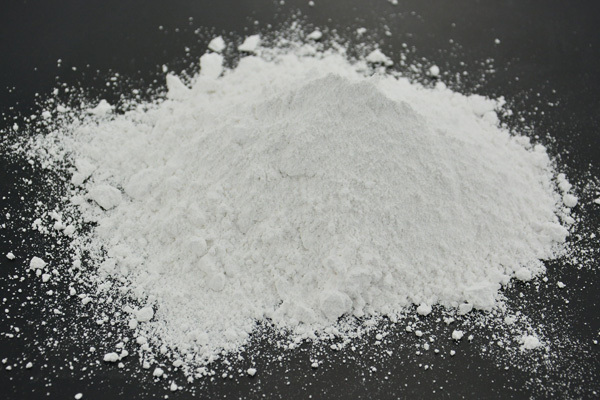Ultrafine heavy calcium carbonate 1800 target standard and detection
Release Time:
2023-06-19 22:59
Ultrafine heavy calcium carbonate is an important inorganic compound widely used in various industries. To ensure its quality and compliance with standards, the target and detection of ultrafine heavy calcium carbonate are stipulated. Guangxi Longhua New Materials, a professional manufacturer of calcium carbonate powder, will introduce the 1800 target of ultrafine heavy calcium carbonate and its related detection content. First, the target of ultrafine heavy calcium carbonate refers to its particle size. The 1800 target indicates the cumulative percentage of particles with a particle size less than or equal to 1800 mesh in the particle size distribution curve. This means that the particles of ultrafine heavy calcium carbonate are very fine, providing a higher surface area and better dispersibility, thus playing a better role in applications.
To ensure that the quality of ultrafine heavy calcium carbonate meets the standards, corresponding tests are required. Common testing methods include particle size analysis, specific surface area testing, and chemical composition analysis.
Particle size analysis is the measurement and analysis of the particle size of ultrafine heavy calcium carbonate using instruments and equipment. Commonly used instruments include laser particle size analyzers and electron microscopes. Through particle size analysis, the particle size distribution curve of ultrafine heavy calcium carbonate can be obtained, and the D97 value can be calculated to verify whether it meets the 1800 target.
Specific surface area testing is to evaluate its fineness by measuring the surface area of a unit mass of ultrafine heavy calcium carbonate. Commonly used testing methods include specific surface area instruments and nitrogen adsorption methods. Through specific surface area testing, the specific surface area value of ultrafine heavy calcium carbonate can be obtained, thereby judging whether its fineness meets the requirements.

Chemical composition analysis is a qualitative and quantitative analysis of the chemical composition of ultrafine heavy calcium carbonate. Commonly used analytical methods include X-ray fluorescence spectrometry and atomic absorption spectrometry. Through chemical composition analysis, the main components and impurity content of ultrafine heavy calcium carbonate can be determined to ensure that its quality meets the standards.
In summary, the 1800 target and detection of ultrafine heavy calcium carbonate are important links to ensure its quality and application effect. Through methods such as particle size analysis, specific surface area testing, and chemical composition analysis, ultrafine heavy calcium carbonate can be comprehensively tested to ensure that it meets relevant standards and requirements. This will provide high-quality ultrafine heavy calcium carbonate for various industries and promote the development of related industries.



